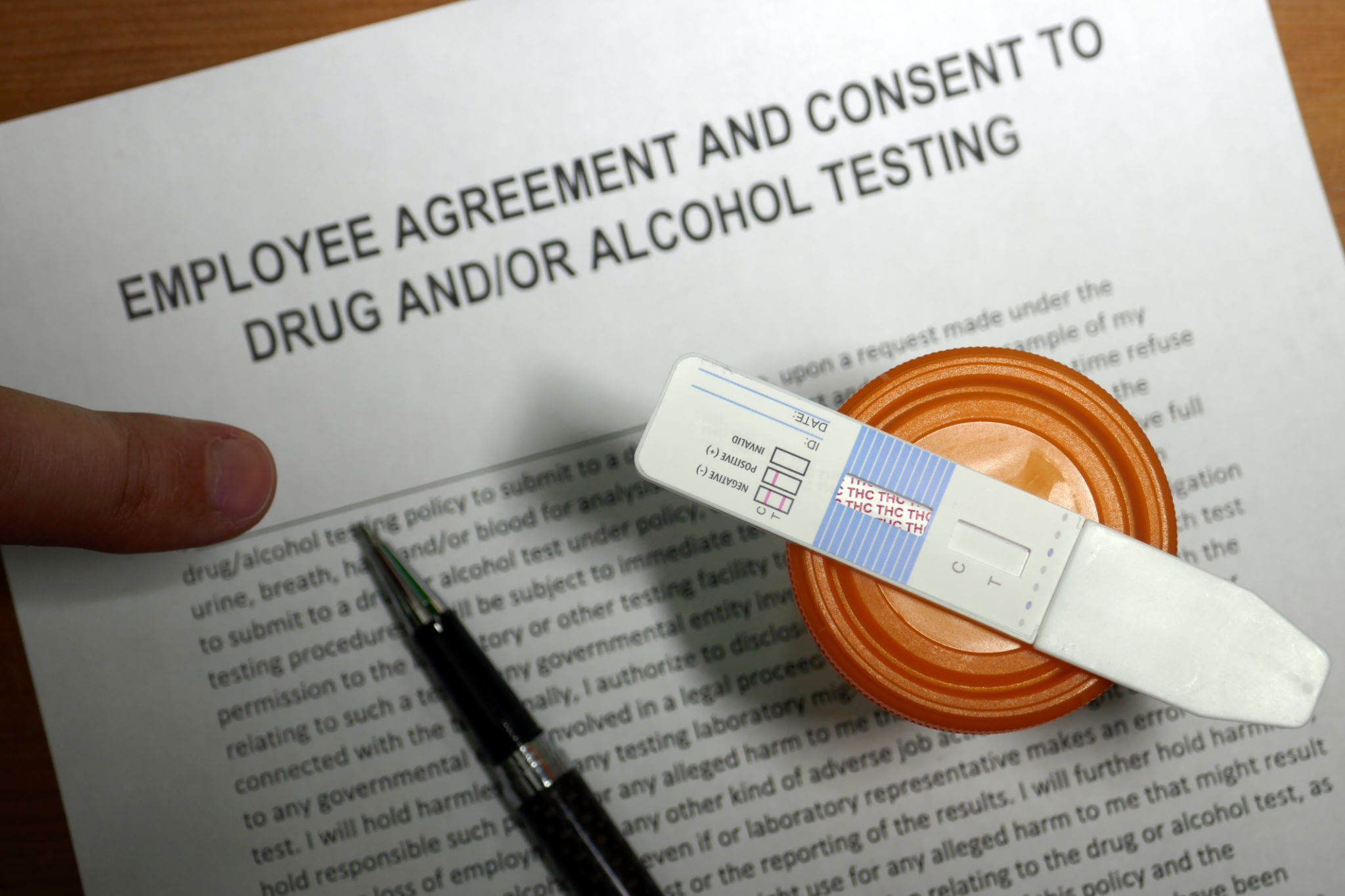Navigating State Regulations for Drug Testing: A Guide for Employers
AD
Understanding State Drug Testing Laws
As an employer, navigating the complex landscape of state regulations for drug testing can be challenging. With each state implementing its own set of rules, it is crucial to stay informed about the specific requirements in your jurisdiction. Understanding these regulations is not only important for legal compliance but also for maintaining a fair and safe workplace.

State laws around drug testing can vary significantly, from the types of tests allowed to the procedures that must be followed. Some states may require employers to provide notice to employees before testing, while others may restrict the circumstances under which testing can be conducted. Being well-versed in these differences is essential to ensure that your company's drug testing policy aligns with state law.
Types of Drug Testing Permitted
Employers must be aware of the types of drug tests permitted in their state. Common testing methods include urine, blood, hair, and saliva tests. However, each state may have specific regulations about which methods are acceptable. For instance, some states may prohibit hair testing due to concerns over accuracy or discrimination.
In addition to knowing which tests are permissible, employers should also understand the limitations and accuracy of each method. Staying informed about advancements in drug testing technology can help employers choose the most reliable and legally compliant options available.
Pre-Employment Drug Testing
Pre-employment drug testing is a common practice among employers seeking to maintain a drug-free workplace. However, the extent to which it can be utilized varies by state. In some areas, employers may need to inform applicants about the testing process and obtain their consent. Others may prohibit testing unless it is part of a conditional job offer.

Establishing a clear pre-employment drug testing policy that complies with state regulations can help avoid potential legal disputes. Employers should also ensure that their policies are consistently applied to all candidates to prevent any allegations of unfair treatment.
Random and Post-Accident Testing
For current employees, random and post-accident drug testing are common practices used to ensure safety in the workplace. Random testing must be conducted in a nondiscriminatory manner, with all employees having an equal chance of being selected. Post-accident testing may be required by certain industries or employers following workplace incidents.
- Random Testing: Check if your state allows this type of testing and what procedures must be followed.
- Post-Accident Testing: Understand the criteria under which this can be conducted and any reporting requirements involved.

Employee Rights and Employer Responsibilities
Employers must balance their right to maintain a safe workplace with employees' rights to privacy. Most states have specific requirements for how drug test results should be handled, including confidentiality measures and procedures for employees to challenge test results.
Understanding these rights and responsibilities is crucial for avoiding legal pitfalls. Employers should provide employees with clear information about their rights regarding drug testing and establish a transparent process for addressing any disputes that may arise.
Creating a Compliant Drug Testing Policy
Developing a comprehensive drug testing policy that complies with state regulations is essential for any employer. This policy should outline the purpose of drug testing, the types of tests conducted, procedures for obtaining consent, and how results will be managed. Regularly reviewing and updating the policy ensures continued compliance with evolving state laws.
By staying informed about state regulations and creating a fair and transparent drug testing policy, employers can foster a safe and productive work environment while minimizing legal risks.